10 Best Indoor Succulents for Beginners
If you are just beginning to explore the world of indoor succulents, it can be quite overwhelming.
There are so many varieties available in the store that it is tough to know where to start!
Some succulents want to be in direct sunlight, some prefer the shade. Some like heat and others like it a little cooler. Most succulents are very easy to grow as long as you know a few important things.
Pin this to your favorite gardening board on Pinterest!
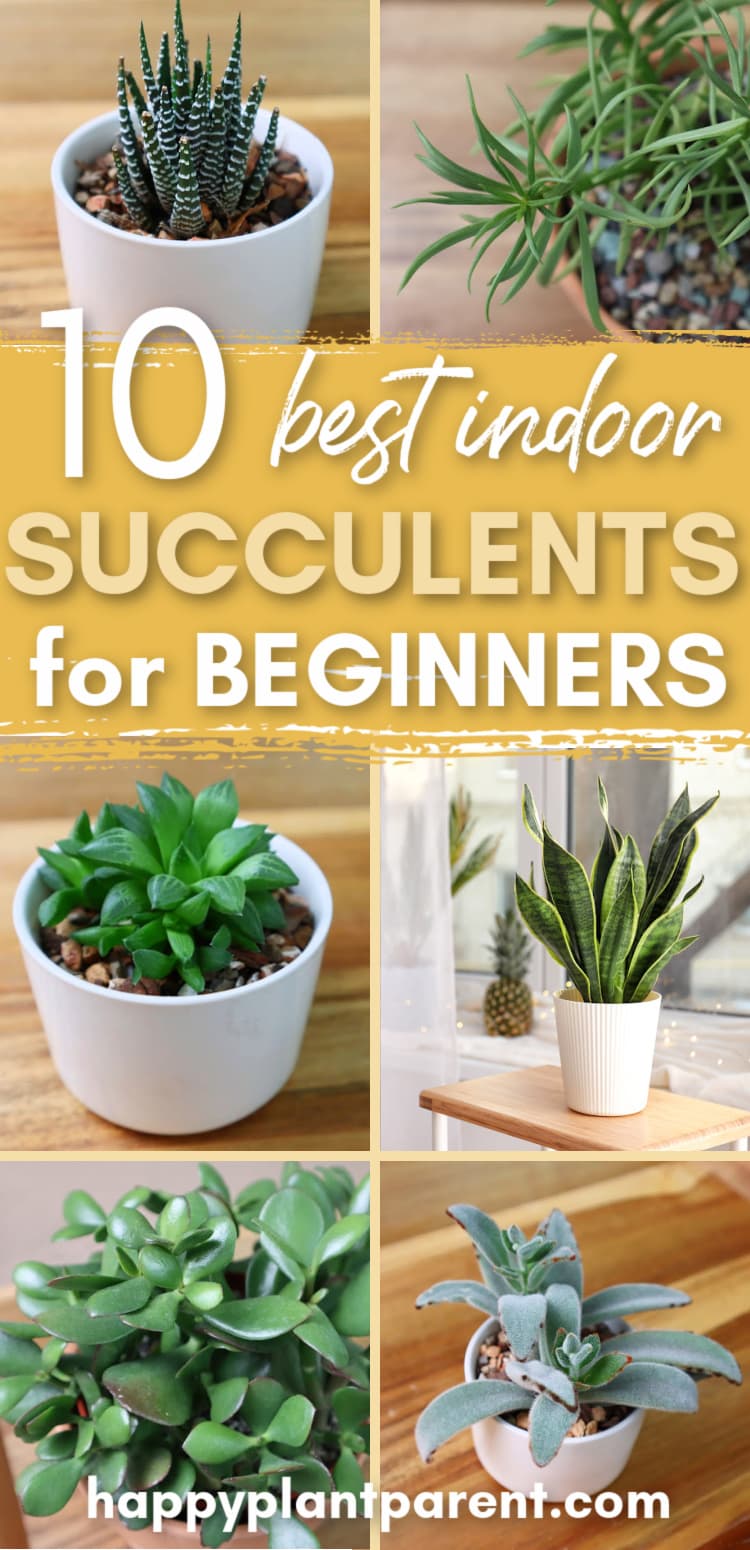
Before we dive into our list of the 10 best indoor succulents for beginners, let’s quickly talk about what you need to know to help your indoor succulents thrive!
Succulents for Beginners: What You Need to Know
Succulents are so easy to care for after you know their basic preferences and needs. Here are 4 very important things to know for healthy succulents:
- The right kind of soil – You need a fast draining mix specifically made for succulents and cacti. You’ll find everything you need to know about the right types of soil for succulents in this article.
- The right amount of water – Proper watering is huge and one of the main issues new succulent owners run into. Usually over watering is more of a problem than under watering. Check out this article to learn everything you need to know about watering succulents.
- Lots of light – Stick your succulents on a bright, sunny window ledge and they’ll be happy. Don’t have a very sunny spot in your home? You can always supplement with grow lights like these ones.
- A pot that drains properly – Your best bet is a terracotta pot with drainage holes in the bottom. You can also drill a drainage hole in your existing pots (or even coffee cups and mugs) with this special drill bit set.
OK, so those are the basic, crazy important things you need to know for the well being of your indoor succulent plants.
Those things are universal no matter which of the plants you pick to start your succulent collection. Let’s take a look at some of the most low maintenance, happy succulent house plants that are perfect for beginners!
Jade Plant (crassula ovata)
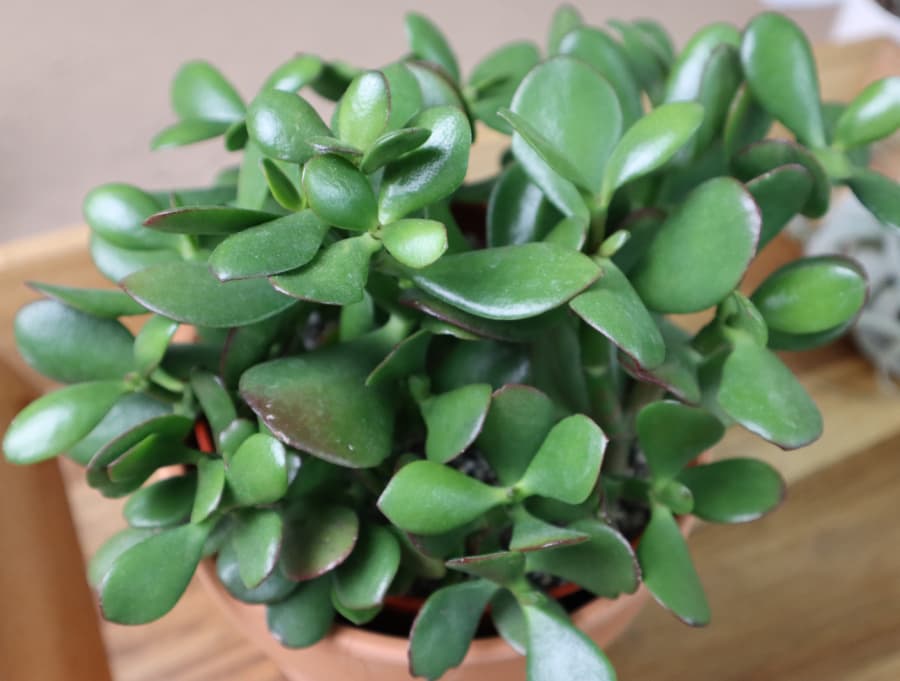
The Jade Plant is a super easy succulent to take care of with beautiful glossy, paddle shaped dark green leaves.
If you re-pot it into a larger container every few years it can get really large and end up looking more like a tree than a plant, or you can just leave it alone and it’ll stay smaller and more manageable.
The best part about the Jade Plant is that it only needs to be watered about twice a month!
It’s also an excellent plant for people who suffer from asthma, as studies show they can help with respiratory problems due to their excellent ability to purify the air.
Make sure you get a heavier pot that isn’t too shallow because this plant can get heavy and may fall over in a light weight, shallow pot.
- Light: Bright light 4+ hours a day
- Water: When soil is completely dry water deeply
- Soil: Well draining, gritty soil mix
- Container: Heavy pot with drainage holes, to prevent it from toppling over if it gets large
- Toxicity: Mildly toxic to people, TOXIC to pets
Snake Plant (Sansevieria trifasciata)
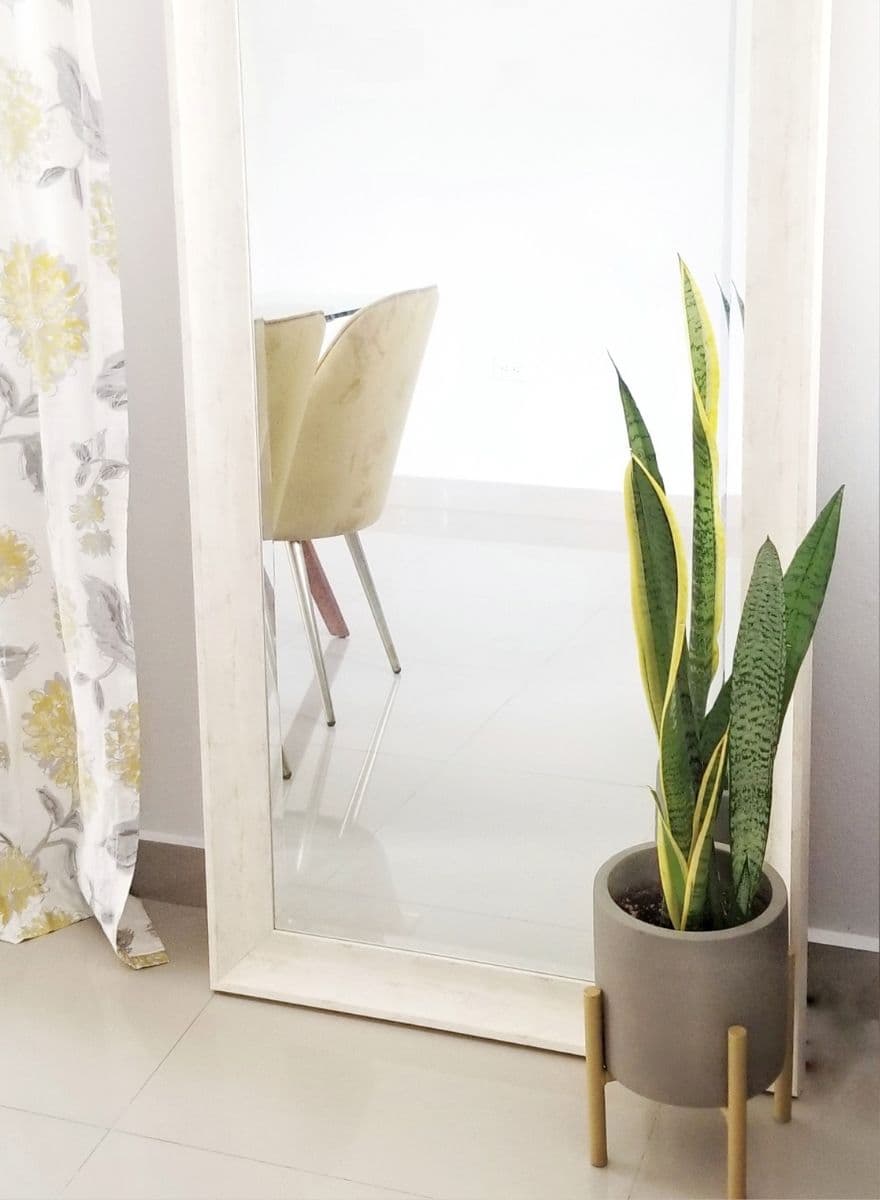
Also known as Mother-in-Law’s tongue, this succulent is a great choice for a beginner!
There are several different varieties of snake plants that have slightly different shaped or colored leaves. All of them are easy plants to care for, so you could have a whole indoor garden just with different types of snake plants!
This is a great plant for beginners because it’s a low-light succulent. It will thrive in areas where you don’t get much natural light, like living rooms with windows facing north or east.
- Light: Bright light to partial shade
- Water: When soil is completely dry water deeply
- Soil: Well draining, gritty soil mix
- Container: Anything with drainage holes
- Toxicity: Mildly toxic to people and pets
Aloe Vera
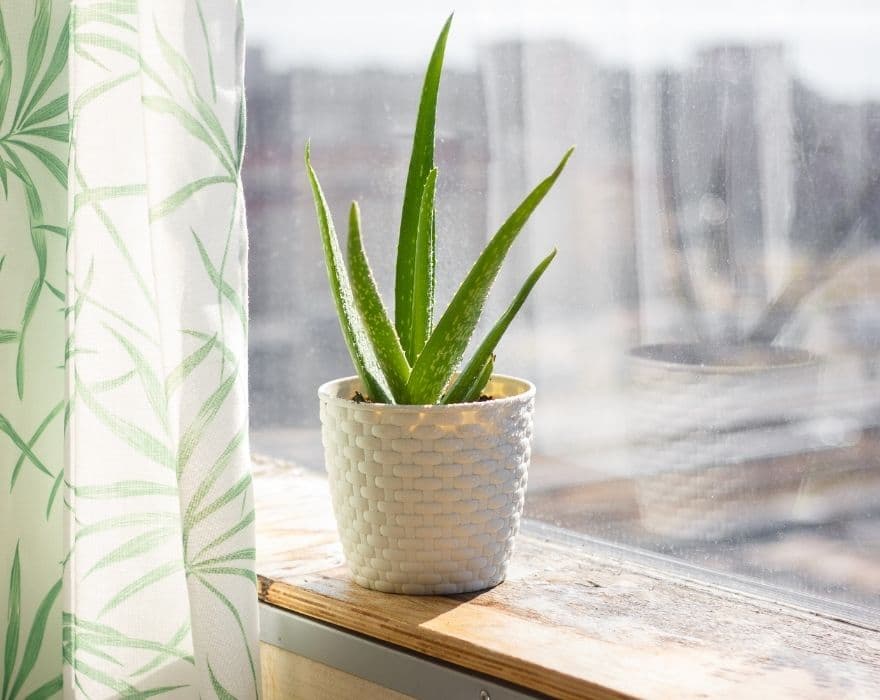
Aloe plants are a universal favorite because they’re easy to care for, beautiful to look at, and have medicinal properties that can heal your skin issues. So many benefits!
Aloes are best for people with access to a window or who can position them near one, but they will still survive in low light conditions. An aloe plant is great for beginners.
- Light: Bright, indirect light
- Water: When soil is completely dry water deeply
- Soil: Well draining, gritty soil mix
- Container: Anything with drainage holes
- Toxicity: Non-toxic to people, can be TOXIC to pets
Burro’s Tail (sedum morganianum)
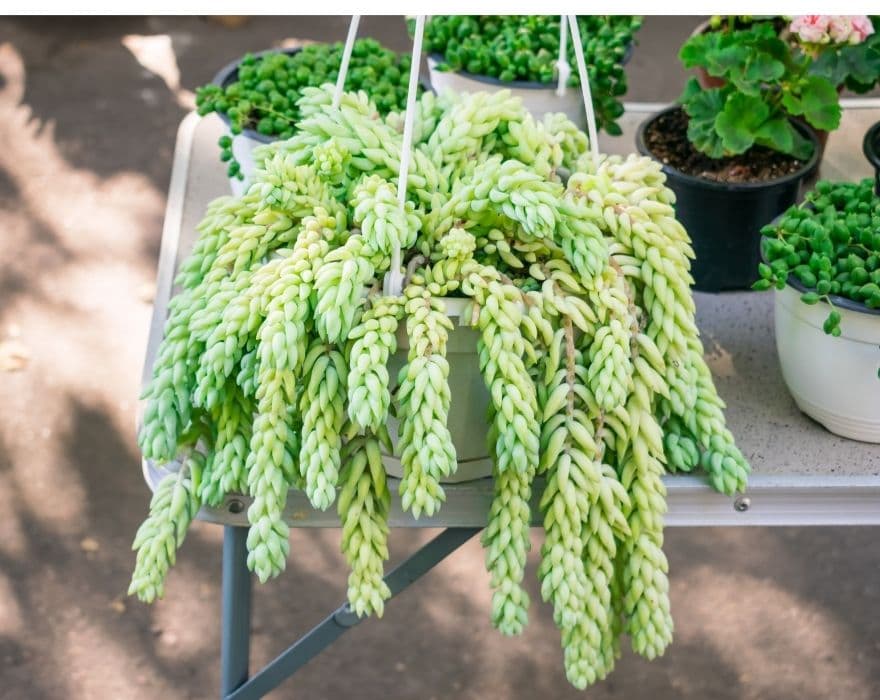
This beautiful, draping succulent can be a little finicky (and famously drops it’s leaves if you dare to look at it the wrong way).
Despite those quirks, it still makes a great indoor succulent, as long as you don’t touch it too much. You can put it in a hanging planter so the lovely trailing leaves stay up and out of harms way.
This best-selling succulent is easy to grow, and can be found at most garden stores. It’s a happy little plant that loves full sun and dry soil. This succulent is a good option if you don’t get much light in your windows, you will want to supplement with a grow light.
- Light: Bright, indirect light
- Water: When soil is completely dry water deeply
- Soil: Well draining, gritty soil mix
- Container: Anything with drainage holes, works well in hanging pots
- Toxicity: Non-toxic to pets and people
Zebra Plant (Haworthiopsis fasciata)
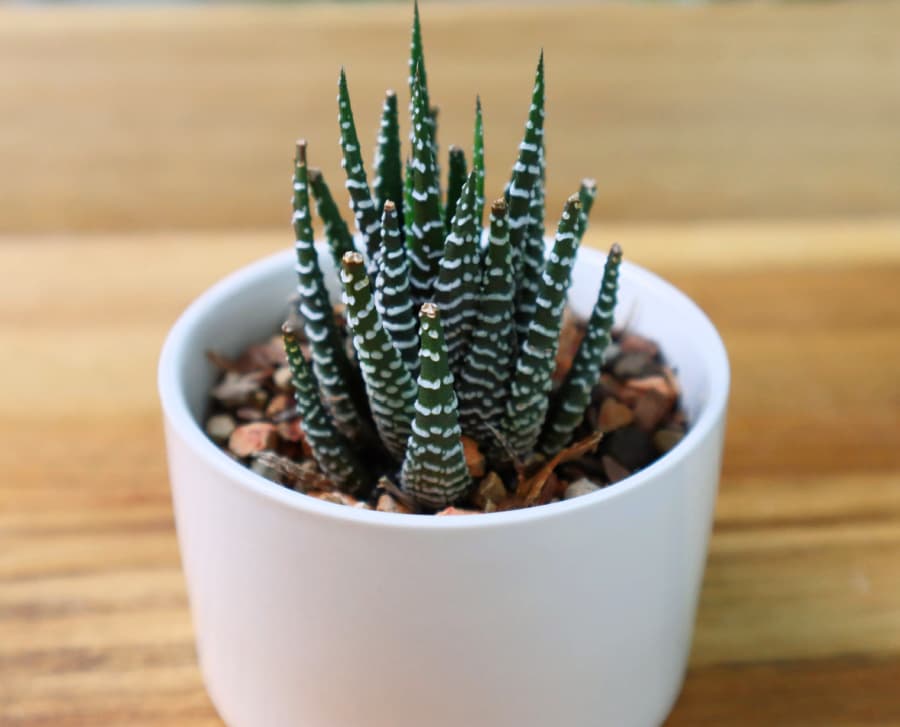
Zebra Plants are a super easy to care for beginner friendly succulent and do AMAZING indoors.
Even if you’re not a green thumb, these are one of the few succulents that can tolerate and thrive in low light conditions.
If you have a problem getting enough light in your windows for your plants, a Zebra Plant will be perfect for you!
The leaves are mostly dark green with white ridges, but if you can get them 4 to 6 hours of bright, indirect light a day, their beautiful red pigments will start to show on their leaves.
Zebra Haworthia Plants are best suited for an airy, open and free draining potting mix that allows water to quickly drain out of the container. You can also use a porous rock or gravel in your pot to help with drainage as well!
- Light: Bright, indirect light to shade
- Water: When soil is completely dry water deeply
- Soil: Well draining, gritty soil mix
- Container: Anything with drainage holes
- Toxicity: Non-toxic to pets and people, although the sap can cause irritation in sensitive individuals
Haworthia Cymbiformis var. Obtusa
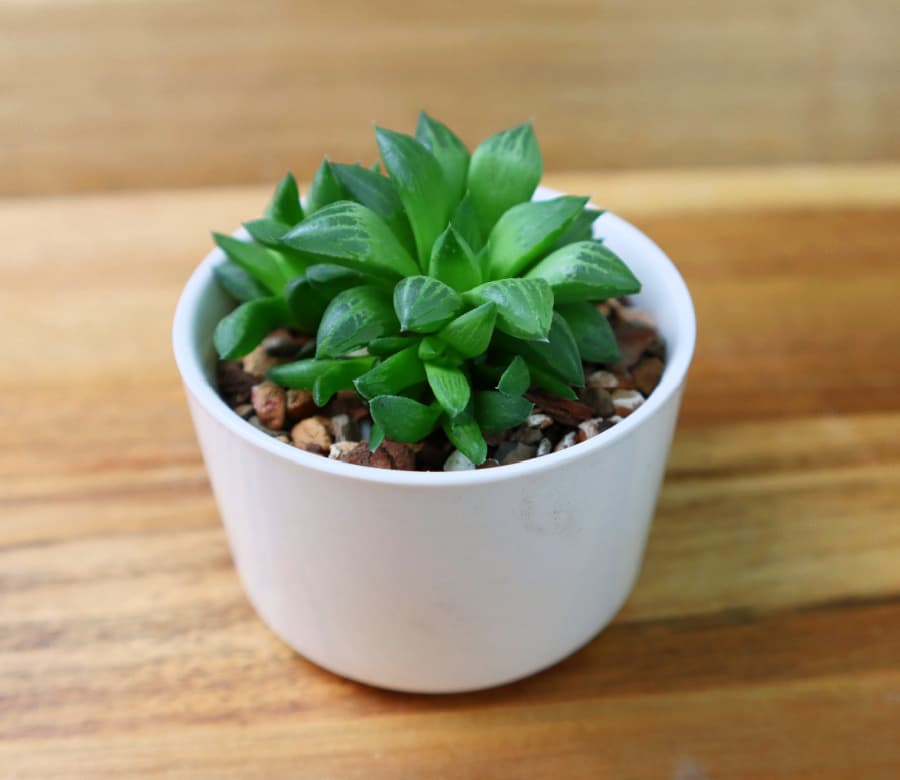
These gorgeous, juicy leaved succulents are another beginner friendly plant that do well indoors.
They’re often called Window Pane succulents because the leaves have translucent windows that help them absorb enough sunlight, even in low light conditions.
Similar to the Zebra Plant, they can handle being indoors without a ton of light and are very forgiving, as long as you don’t over water them!
Haworthia Cymbiformis var. Obtusa are best if you don’t have a ton of light or time to care for them, but are still looking for a low-maintenance plant.
- Light: Bright light to partial shade
- Water: When soil is completely dry water deeply
- Soil: Well draining, gritty soil mix
- Container: Anything with drainage holes
- Toxicity: Non-toxic to pets and people
Ponytail Palm (Beaucarnea recurvata)
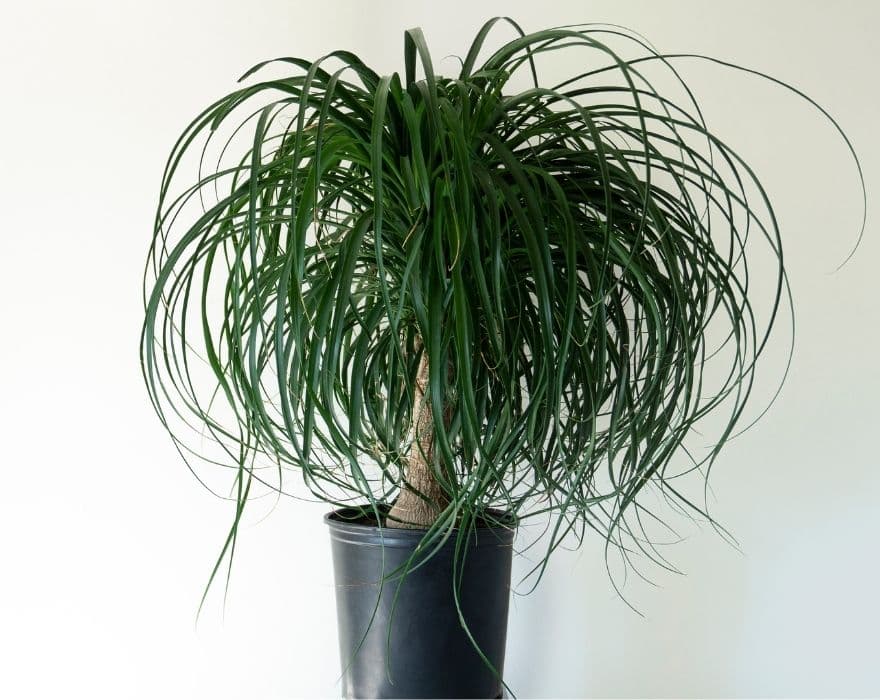
The Ponytail Palm is not a true palm at all, but a member of the succulent family. Because of that, you can count on it to be easy to take care of but intolerant of overwatering.
They’re tolerant of partial shade, just try to make sure it gets a few hours of sun each day. Ponytail Palm is very easy to take care of and a perfect choice for beginners and beautiful to boot!
- Light: Bright light to partial shade
- Water: When soil is completely dry water deeply
- Soil: Well draining, gritty soil mix
- Container: Anything with drainage holes
- Toxicity: Non-toxic to pets and people
Happy Bean (Peperomia ferreyrae)
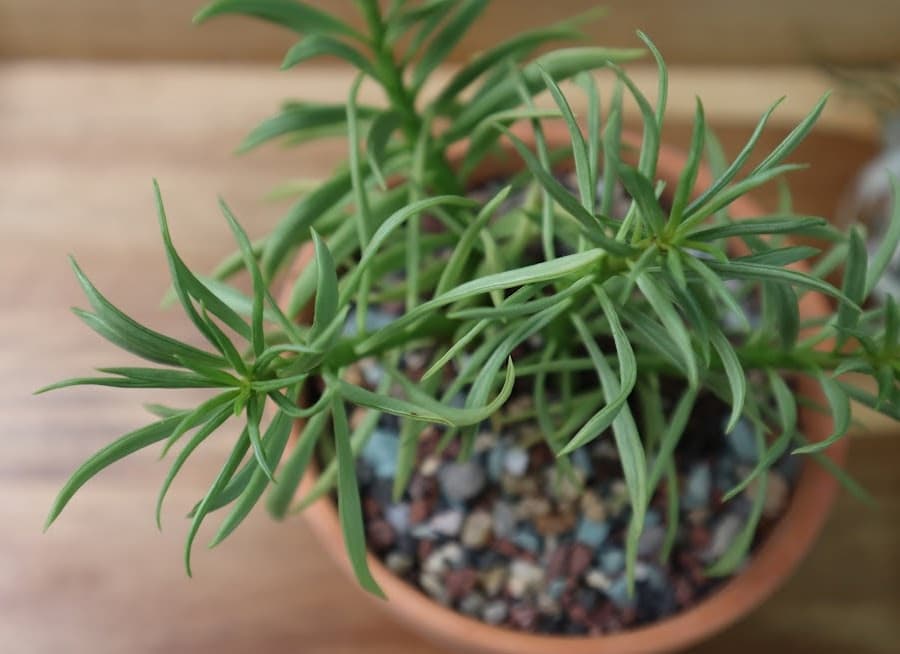
Also known as Pincushion Peperomia, Happy Bean is a pretty green succulent and another easy indoor plant for beginners and beyond.
It has long, fleshy leaves with leaf windows, which help it absorb more light, so it’s another great choice for low light conditions.
Of course if you can give it some indirect light each day, it’ll be thrilled to receive it!
- Light: Bright, indirect light to shade
- Water: When soil is completely dry water deeply
- Soil: Well draining, gritty soil mix
- Container: Anything with drainage holes
- Toxicity: Non-toxic to pets and people
Panda Plant (Kalanchoe tomentosa)
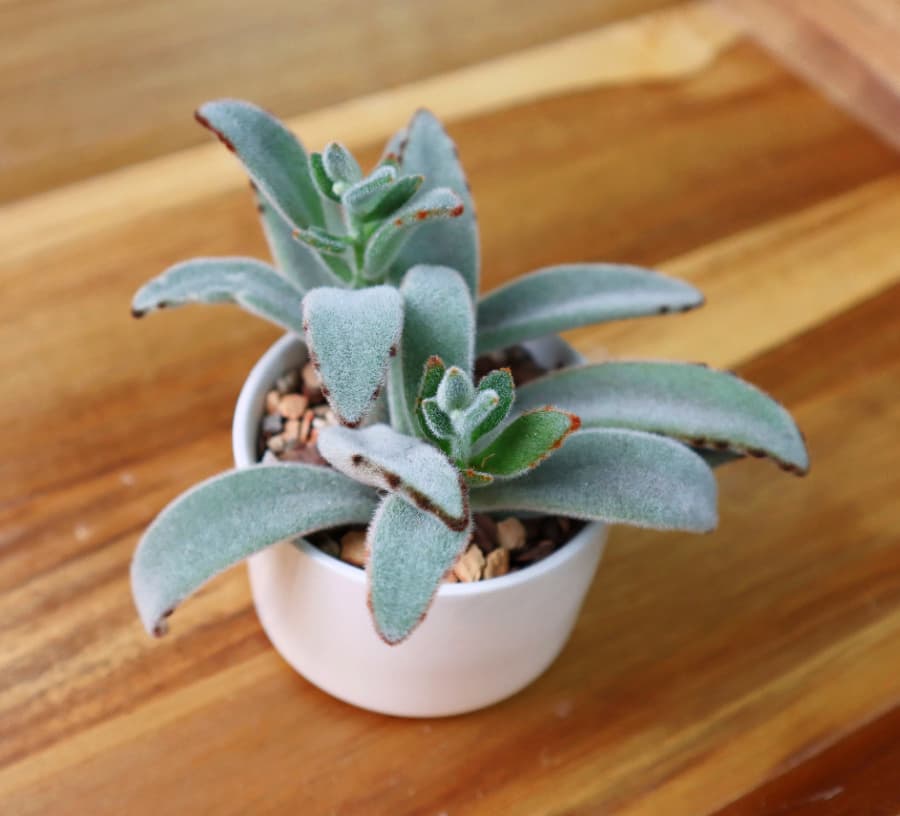
This adorable succulent has soft, furry greenish-blue leaves with brown spots around the edges.
Panda Plants are easy to care for and are great for beginners, but be careful if you have pets or little ones around, because this one is toxic. Keep it up away from your fur babies and human babies!
- Light: Bright light to partial shade
- Water: When soil is completely dry water deeply
- Soil: Well draining, gritty soil mix
- Container: Anything with drainage holes
- Toxicity: TOXIC to pets and people
Flaming Katy (kalanchoe blossfeldiana)
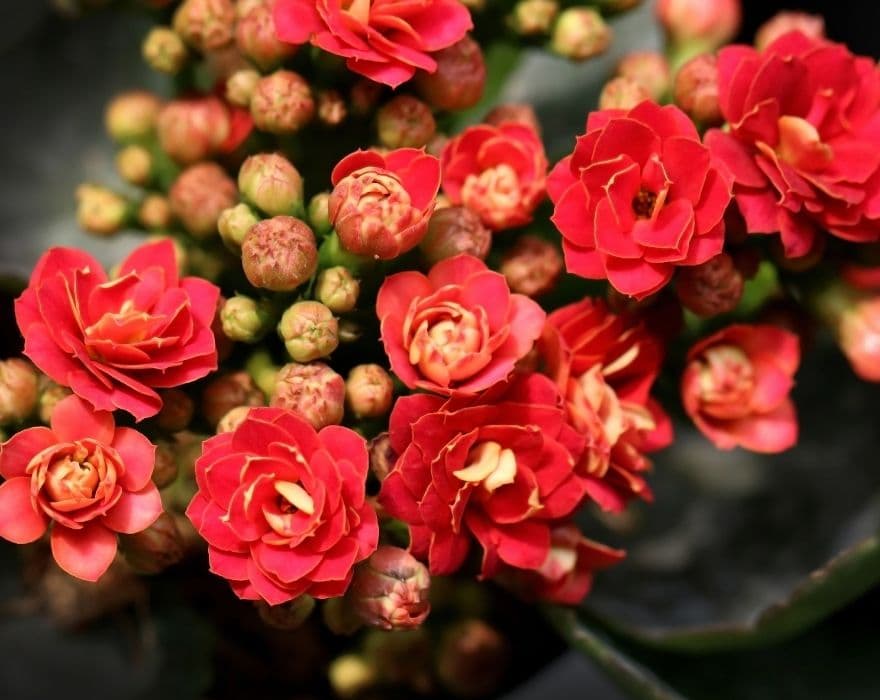
This succulent is easy to grow and will reward you with beautiful, vibrant blooms in various different colors when it’s given the right conditions.
It loves indirect light and requires plenty of it if you want it to bloom. This is a great plant for beginners to stick on a window ledge that gets lots of early morning sun! I have one of these that blooms with beautiful pink flowers. It’s one of my personal favorite succulents!
- Light: Bright, indirect light
- Water: When soil is completely dry water deeply
- Soil: Well draining, gritty soil mix
- Container: Anything with drainage holes
- Toxicity: TOXIC to pets and people
In Conclusion
The best succulents for beginners are those that can handle low light, have a forgiving nature, and don’t require much water.
If you’re looking to add some plants into your home or office space without any fussing around with care requirements, one of these ten best indoor succulents will be perfect for you.
What’s your favorite succulent plant? Let me know in the comments below!
